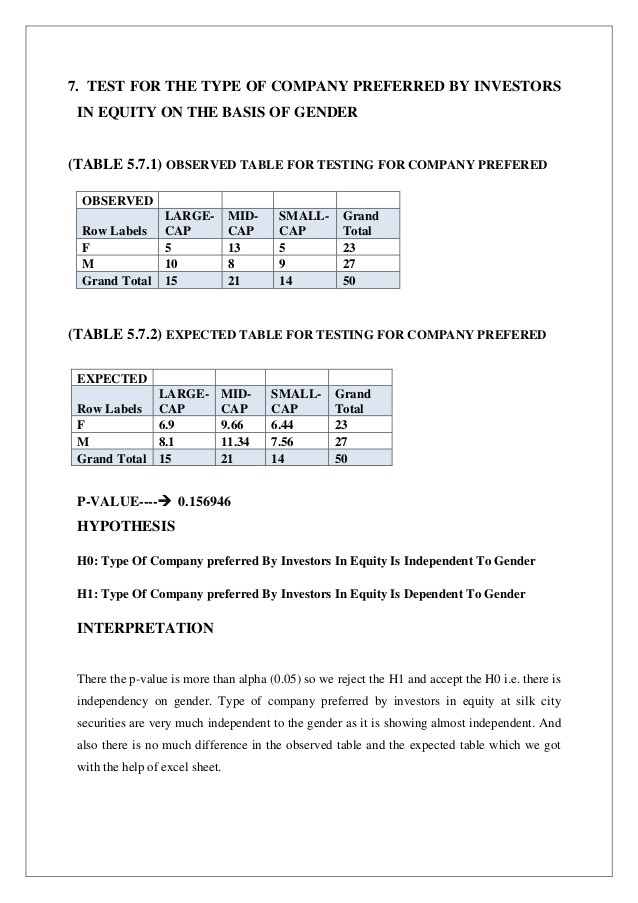MUTUAL FUND LABELS WHAT S IN A NAME
Post on: 1 Май, 2015 No Comment

MUTUAL FUND LABELS: WHAT’S IN A NAME?
What’s in a mutual fund’s name? Not as much as many investors might think, according to the Securities and Exchange Commission (SEC). The SEC earlier this year imposed new rules requiring that the assets in a mutual fund and the investment style suggested by the fund’s name more closely match each other. This was done because investors often are confused or misled by mutual fund names.
The SEC now requires that at least 80 percent of a mutual fund’s assets be invested in those securities implied in a fund’s name, versus an earlier minimum requirement of 65 percent. For example, if a stock fund’s name says health care or Latin America, then 80 percent or more of its holdings should be in health care stocks or Latin American stocks. If, for example, 40 percent of the holdings are in cash or bonds or another type of investment, the name would be considered misleading, and either the name must be changed or the holdings must be changed to reflect reality. Shareholders must be informed of these changes 60 days before the changes go into effect.
Under the SEC rules, fund names also cannot imply that either the fund or its holdings are either guaranteed or approved by the U.S. government. (Many people mistakenly believe that mutual funds are backed by the U.S. government in the same way bank checking and savings accounts are insured by the federal government.)
Why should these new naming rules matter to mutual fund investors? From the perspective of the SEC, and numerous groups that supported the new rules, many investors pick a fund primarily because of its name. Say a fund has equity income in its name. That implies that a substantial portion of the fund invests in stocks that provide strong dividends, along with some growth. Yet some mutual funds with that name have been invested primarily in growth stocks that produce little or no dividends (it’s not easy finding dividend-producing stocks these days). Or a fund calls itself a small-cap fund when in reality much of its portfolio is in mid- or large-cap stocks. In short, many fund shareholders are not invested in what they thought they were invested in.
Of course, it’s always best to carefully read the fund’s prospectus and periodic fund reports, consult fund research services, and seek professional advice about a specific fund. But investors don’t always read carefully, and public information about specific fund holdings typically lags three to six months, so the SEC decided to strengthen the truth-in-labeling rule. In fact, when the SEC issued its rule, it indicated that 504 funds (out of a universe of over 9,000) didn’t meet the 80 percent criteria. Of those funds, 151 held over 20 percent in cash.
The SEC does allow some exceptions. A stock fund, for example, can be temporarily heavy in cash due to an effort to navigate market fluctuations or cope with a heavy inflow of fresh investment cash. Furthermore, funds whose names don’t imply a particular investment focus are not required to meet the 80 percent rule. Numerous funds have generic names.
While many applaud the label tightening, some critics feel the rules don’t go far enough. They argue, for example, that the rules do not apply to funds whose names include value, growth or international, because those names imply investment strategies, not specific types of investments.
Regardless of the new rules, however, investors should always take a careful look at any mutual fund they are considering. Even if value was included in the SEC’s rule, value funds differ widely in what they view as value stocks. The only way to get a clear picture is to read the prospectus and other research information about a fund’s holdings.
Closely related to this issue, say many investment advisors, is that many funds, with widely different names and implied investment strategies, often invest in the same securities, resulting in shareholders having less diversification than they think they have. A study earlier this year by Barron’s found that 30 percent of the portfolios in the biggest funds in six different fund categories were identical to each other.
So investors need to carefully compare the funds they are using. Meanwhile, don’t lean too heavily on fund names just yet. While the SEC’s new rules became effective the end of March, the funds have until July 2002 to comply.














